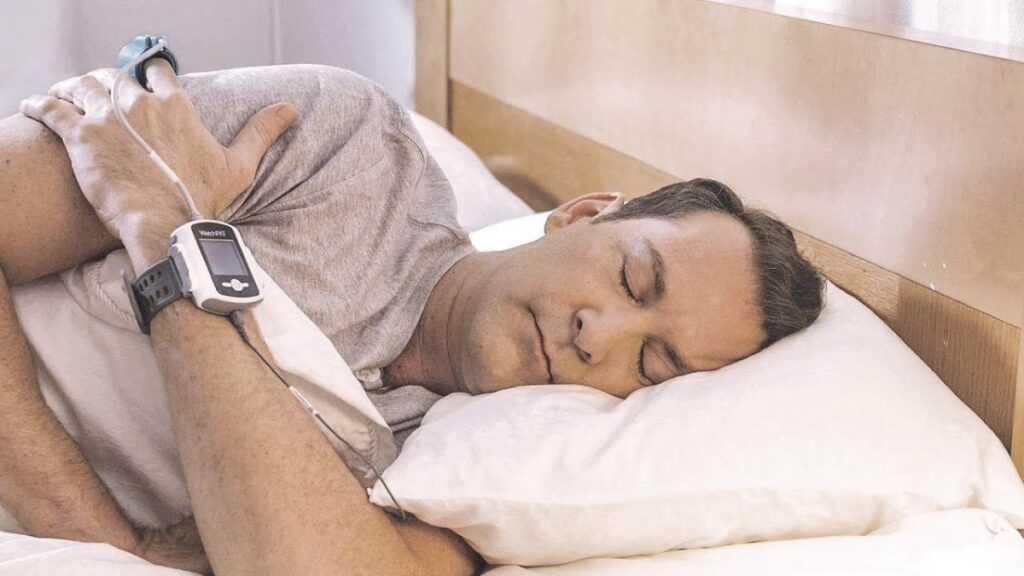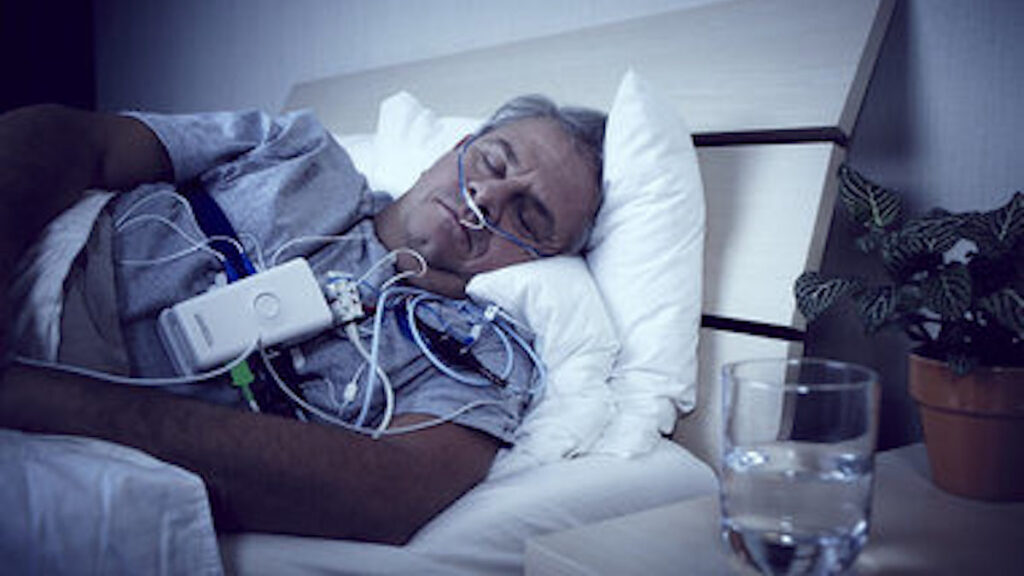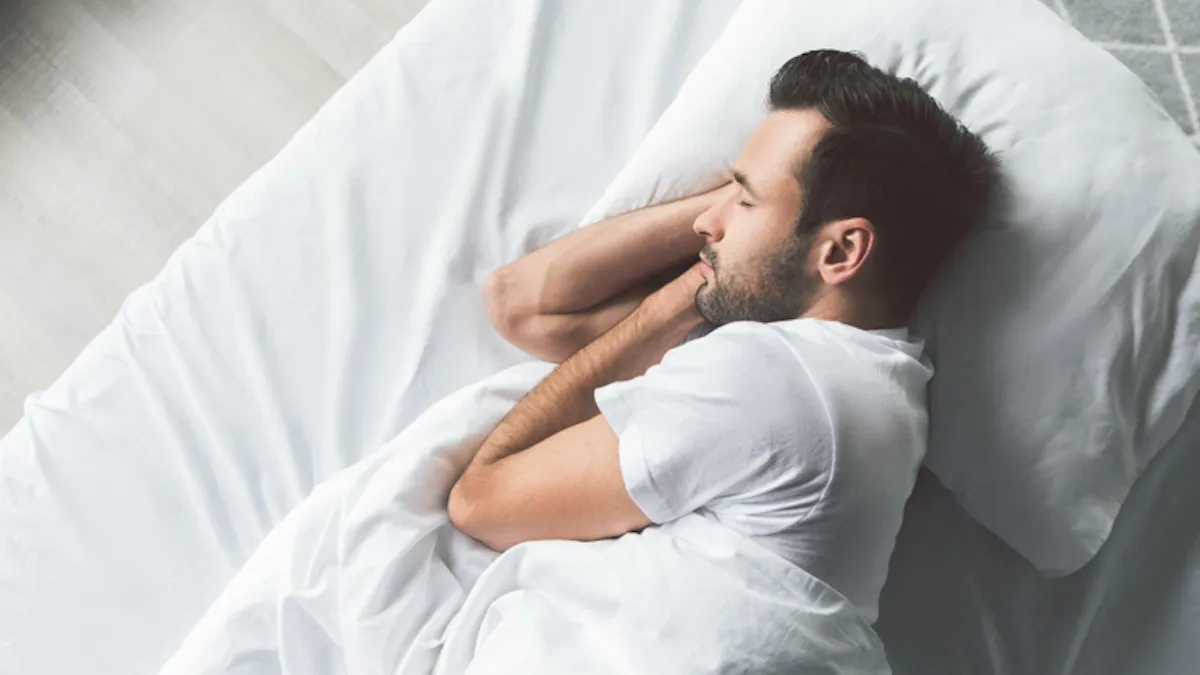What Are the Sleep Testing Options Available in Dee Why and How Do They Work?
Residents of Dee Why have access to two primary sleep testing options: at-home sleep tests and in-laboratory polysomnography studies. At-home testing provides a simplified, convenient approach for diagnosing obstructive sleep apnea, whilst laboratory studies offer comprehensive monitoring of multiple physiological parameters throughout the night.
At-Home Sleep Testing
At-home sleep testing devices are portable monitors approved by the American Academy of Sleep Medicine that patients can use in the comfort of their own homes. These compact systems consist of several key components thThese devices work together to capture breathing-related data during sleep. The typical setup for sleep testing Dee Why includes:
- A finger sensor (pulse oximeter) that measures blood oxygen saturation levels
- Nasal cannulas or airflow sensors that detect breathing patterns and pauses
- Chest and abdominal bands that monitor respiratory effort and movement
- A central recording device that collects and stores data throughout the night
The data collection process focuses specifically on breathing parameters essential for identifying obstructive sleep apnea. During an at-home sleep testing Dee Why session, the device continuously records:
- Airflow patterns through the nose and mouth to detect breathing interruptions
- Oxygen saturation levels in the blood to identify drops associated with apnoea events
- Respiratory effort from chest and abdominal movements to distinguish between obstructive and central apnoea
These tests typically run for one night, generating sufficient data for healthcare providers to assess whether obstructive sleep apnea is present and determine its severity.
In-Laboratory Polysomnography
In-laboratory polysomnography represents the gold standard for sleep disorder diagnosis. These comprehensive studies take place in dedicated sleep centres where trained technicians monitor patients throughout the night. Laboratory testing captures everything that at-home devices measure, plus additional neurological and muscular data:
- Brain wave activity (electroencephalography) to identify sleep stages and disruptions
- Eye movements to detect REM sleep and related disorders
- Muscle tone in the chin and legs to assess movement disorders
- Heart rhythm through continuous ECG monitoring
- Body position and limb movements throughout the night
The key distinction lies in scope and complexity. At-home sleep tests focus exclusively on breathing
Who Can Benefit from At-Home Sleep Testing in Dee Why?
At-home sleep testing works best for individuals showing clear obstructive sleep apnea symptoms Dee Why practitioners commonly encounter: loud snoring, witnessed breathing pauses during sleep, gasping or choking episodes at night, and excessive daytime fatigue. People who are overweight or obese also make strong snoring diagnosis home sleep test candidates, as excess weight increases the risk of airway obstruction during sleep.
Primary candidates include:
- Adults experiencing chronic loud snoring that disrupts their partner’s sleep
- Individuals who wake up gasping for air or choking
- People with unexplained daytime sleepiness despite seemingly adequate sleep hours
- Those with a body mass index (BMI) over 30
- Patients without significant comorbid conditions like heart failure or COPD
The testing method delivers substantial practical benefits. Sleeping in your own bed eliminates the anxiety and discomfort many people experience in unfamiliar laboratory environments. This familiar setting often produces more representative sleep patterns, particularly for those who struggle to fall asleep in clinical settings.
Cost represents another significant advantage. At-home tests typically cost under $200, whilst laboratory polysomnography can range from $600 to $5,000. This price difference makes diagnosis accessible to more people, especially those with limited health insurance coverage or high deductibles.
The convenience factor cannot be overstated. Home testing eliminates travel to sleep clinics, time off work, and overnight stays in medical facilities. You receive the testing device, use it for one night in your own bedroom, and return it for analysis. Results typically arrive within days, allowing faster diagnosis and treatment initiation.
The American Academy of Sleep Medicine approves portable monitoring equipment for diagnosing obstructive sleep apnea in appropriate candidates. These devices provide reliable data when used correctly by individuals matching the ideal candidate profile, making them a practical first-line diagnostic tool for straightforward cases of suspected sleep apnea.

Are There Any Limitations or Considerations for Light Sleepers When It Comes to At-Home Sleep Testing?
Yes, light sleepers face specific challenges with at-home sleep testing, primarily due to equipment limitations and movement during sleep. Home sleep tests monitor breathing patterns but cannot track brain activity, muscle tone, or leg movements—data essential for diagnosing certain sleep disorders beyond obstructive sleep apnea.
Missing Neurological Data Creates Diagnostic Gaps
At-home devices lack electroencephalogram (EEG) sensors that measure brainwaves and sleep stages. This means limitations home sleep test accuracy issues become apparent when trying to identify conditions like:
- Narcolepsy
- REM behaviour disorder
- Central sleep apnea
- Periodic limb movement disorder
Light sleepers who experience frequent awakenings or fragmented sleep may have undiagnosed sleep disorders that home testing simply cannot detect. The absence of muscle activity monitoring prevents clinicians from observing abnormal movements or muscle tension patterns that occur during different sleep phases.
Sensor Displacement Compromises Data Quality
Light sleepers home testing presents unique technical challenges. Restless individuals who shift positions frequently risk dislodging sensors attached to their finger, nose, chest, or abdomen. A displaced nasal cannula cannot accurately measure airflow, whilst a loosened chest strap fails to capture respiratory effort properly.
This movement-related interference creates gaps in data collection. The test may record only partial information from the night, leading to inconclusive results that require retesting. Some light sleepers find the sensors themselves disruptive, creating a paradox where the monitoring equipment prevents the natural sleep patterns needed for accurate assessment.
When Equipment Limitations Affect Diagnosis
Home sleep tests work best for straightforward obstructive sleep apnea cases. Light sleepers with complex symptoms—unexplained daytime fatigue despite adequate sleep opportunity, unusual movements during sleep, or suspected multiple sleep disorders—may receive incomplete evaluations. The simplified monitoring approach cannot distinguish between different types of breathing disturbances or identify non-respiratory sleep problems affecting sleep quality.
When Should Patients Opt for In-Lab Sleep Studies Instead of At-Home Tests?
Patients should choose in-lab polysomnography, a comprehensive sleep study that provides detailed insights into their sleep patterns and disorders, when their symptoms suggest complex sleep disorders beyond obstructive sleep apnea. This type of testing is essential when comprehensive neurological monitoring becomes critical for accurate diagnosis. Healthcare providers typically recommend laboratory-based testing for individuals experiencing unexplained daytime sleepiness, suspected narcolepsy, REM sleep behaviour disorder, or periodic limb movement disorder—conditions requiring detailed brainwave and muscle tone analysis that home devices cannot capture.
The indications for in-lab polysomnography extend to patients with significant comorbidities that complicate diagnosis. Those with congestive heart failure, chronic obstructive pulmonary disease (COPD), or neuromuscular disorders benefit from the comprehensive benefits available only in supervised settings. The continuous presence of sleep technologists allows real-time adjustments to equipment and immediate response to any complications during the night.
Light sleepers in Dee Why facing persistent sleep disturbances despite negative home test results should consider laboratory evaluation. The controlled environment provides:
- Complete polysomnography monitoring including EEG for brain activity, EMG for muscle tone, and EOG for eye movements
- Video recording to document unusual behaviours or movements during sleep
- Immediate technical support if sensors become displaced or equipment malfunctions
- Multiple-night testing options for patients whose sleep patterns vary significantly
Healthcare providers assess several factors before recommending in-lab studies. Patients presenting with atypical symptoms, those requiring CPAP titration studies, or individuals whose home tests produce inconclusive results receive referrals for laboratory-based polysomnography. This decision balances the need for comprehensive data against practical considerations like patient mobility, anxiety levels, and insurance coverage.
Children and adolescents with suspected sleep disorders typically require in-lab testing due to developmental considerations and the need for specialised paediatric sleep medicine protocols that home testing cannot accommodate. Check out more about Sleep Study Hornsby: What to Bring and How to Prepare for the Night.
How Can Patients Prepare for At-Home Sleep Testing to Ensure Accurate Results?
Proper preparation directly impacts the reliability of your at-home sleep test results. Avoid caffeine and alcohol for at least 4-6 hours before bedtime on your testing night, as these substances alter normal sleep patterns and breathing rhythms that the test needs to capture accurately.
Pre-Test Lifestyle Adjustments
Maintain your regular sleep schedule in the days leading up to the test. Skipping naps on test day helps ensure you’re naturally tired at bedtime, increasing the likelihood of falling asleep despite wearing monitoring equipment.

Sensor Application and Maintenance
Follow the device instructions precisely when attaching sensors to your finger, chest, and nasal area. Light sleepers should take extra care to:
- Secure chest bands snugly but comfortably to prevent displacement during movement
- Test nasal cannula positioning before sleep to ensure proper airflow detection
- Use medical tape if provided to reinforce sensor connections on restless areas
- Keep devices within arm’s reach for quick reattachment if sensors dislodge
Check all connections before turning off the lights. If you wake during the night and notice a sensor has shifted, gently reposition it immediately. The more continuous data captured, the more accurate your diagnosis will be.
Ready to schedule your sleep test in Dee Why? Contact your healthcare provider to discuss whether at-home testing suits your specific sleep concerns and receive personalised preparation guidance.
FAQs About Sleep Testing in Dee Why
Residents can choose between at-home sleep testing and in-laboratory polysomnography for diagnosing sleep disorders.
2. How does at-home sleep testing in Dee Why work?
A portable device records your breathing, oxygen levels, and movements overnight while you sleep comfortably at home.
3. Who should consider at-home sleep testing?
People with loud snoring, pauses in breathing, or daytime fatigue are ideal candidates for at-home testing.
4. Is at-home sleep testing accurate?
Yes. When used by suitable candidates, it reliably detects obstructive sleep apnea as approved by the American Academy of Sleep Medicine.
5. How much does a sleep test cost in Dee Why?
At-home tests usually cost under $200, while in-lab studies range from $600 to $5,000 depending on the clinic.
6. What happens during an in-lab sleep study?
Technicians monitor your brainwaves, breathing, heart rhythm, and body movements overnight for a full analysis.
7. Can light sleepers do at-home sleep testing?
Yes, but they may face challenges with sensor displacement or incomplete data, sometimes requiring retesting.
8. How long does it take to get results from a sleep test?
At-home test results are usually available within a few days, while lab study reports may take up to one week.
9. How can I prepare for an at-home sleep test?
Avoid caffeine and alcohol before bed, maintain your regular sleep schedule, and carefully secure all sensors as instructed.
